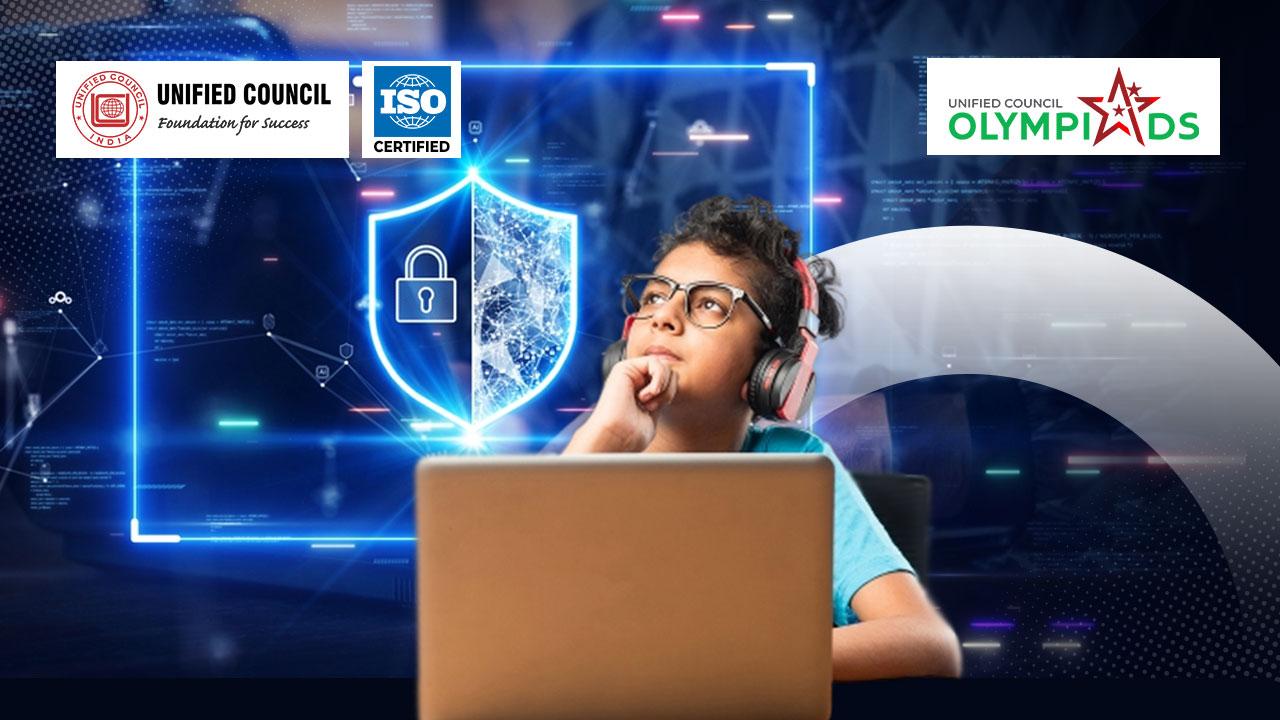
Posted at - 30-Aug-2025
The digital world has changed a lot over the last ten years. What once began as simple block-stacking fun in Minecraft has turned into a tool to explore tricky ideas in cybersecurity. Teachers today see how the same things that make games fun to play can turn dull cybersecurity lessons into thrilling challenges.
Kids learn best when they play. When they design digital spaces in Minecraft, they use logical thinking that's also important in protecting data online. The game helps them practice managing resources, figuring out risks, and planning to defend, which are the basics of cybersecurity.
Game-based learning brings a lot of benefits to teaching cybersecurity.
Today, cyber education brings a lot of inspiration from gaming techniques. Students training for cyber olympiad contests often use simulation games imitating real cybersecurity challenges. Through these tools, they learn both basic skills like creating strong passwords and complex skills like identifying security threats.
Some well-known teaching methods include:
Growing up with games gives the next generation an edge in cybersecurity. Students used to solving tough puzzles in virtual worlds build the creativity and grit needed for defense jobs. Global cyber olympiads see this link and create events that resemble gaming tournaments instead of formal testing.
These events include:
Different ages need different kinds of games to learn cyber skills. Younger kids might explore digital footprints by taking care of virtual pets. Older students could solve complex encryption puzzles on creative platforms.
Young Learners (Ages 6-10):
Middle School (Ages 11-13):
High School (Ages 14-18):
Schools around the globe are putting a lot of resources into cyber education that uses gaming. Gaming-based preparation for cyber olympiads has proven to work well. Students using gaming methods tend to do better than others in remembering what they learn and applying it in real situations.
Trends that are emerging include:
Gaming-based cyber education works because it’s easy to access. Schools and students don’t need costly gear or fancy programs to get started. A lot of cyber education games operate well on simple computers or smartphones, making it easier to bring cybersecurity lessons to places with fewer resources.
This approach ensures more students can join efforts like international cyber olympiad challenges, allowing kids from all backgrounds to compete.
Studies in education show that game-based cybersecurity learning helps students achieve:
Turning Minecraft creativity into skills for cyber defense goes beyond a simple teaching idea. It marks a big change in how young people are trained to navigate digital spaces. Using fun and play in education allows teachers to create a generation that sees keeping digital spaces safe as a challenge to conquer instead of a boring chore.
Young gamers have skills that give them an edge in cybersecurity. Teaching programs that tap into these abilities by using gamified approaches provide smarter, more engaging, and inclusive ways to learn. As new cyber threats keep emerging, students who learn through these creative methods get better tools to protect the digital world.
The connection between building virtual worlds and tackling real-life cyber threats is now closer than ever. This creates a great opportunity for teachers and learners in cybersecurity today.